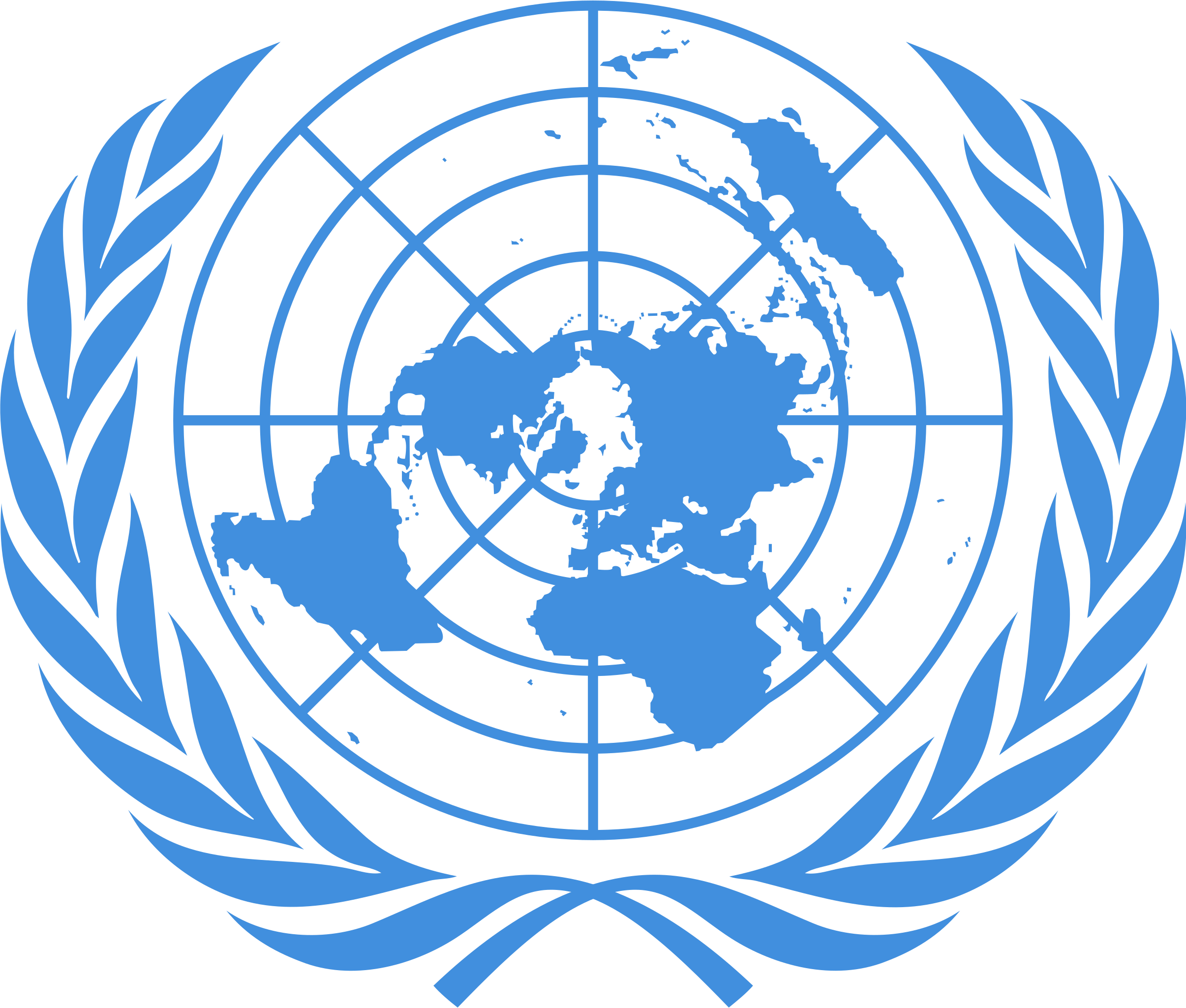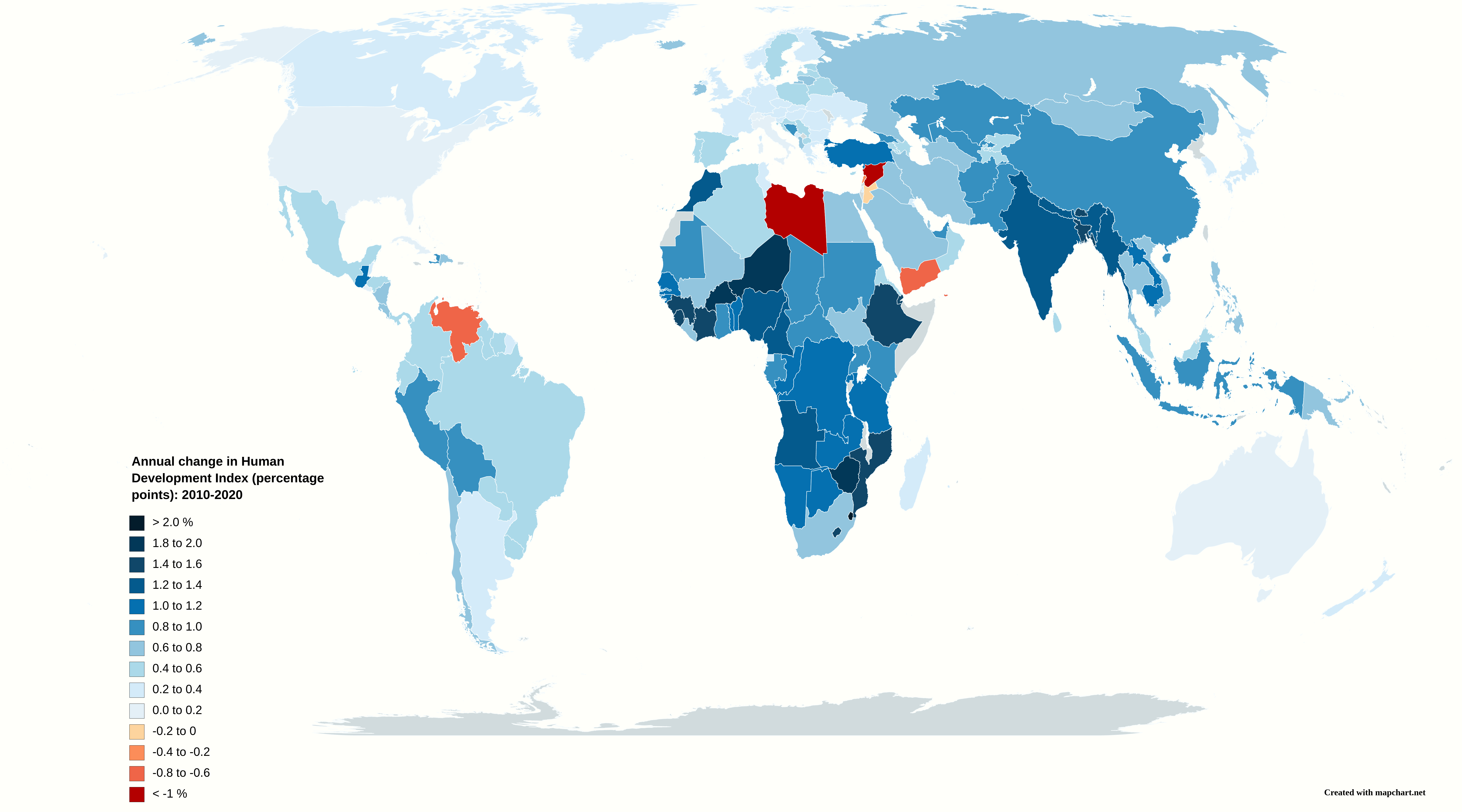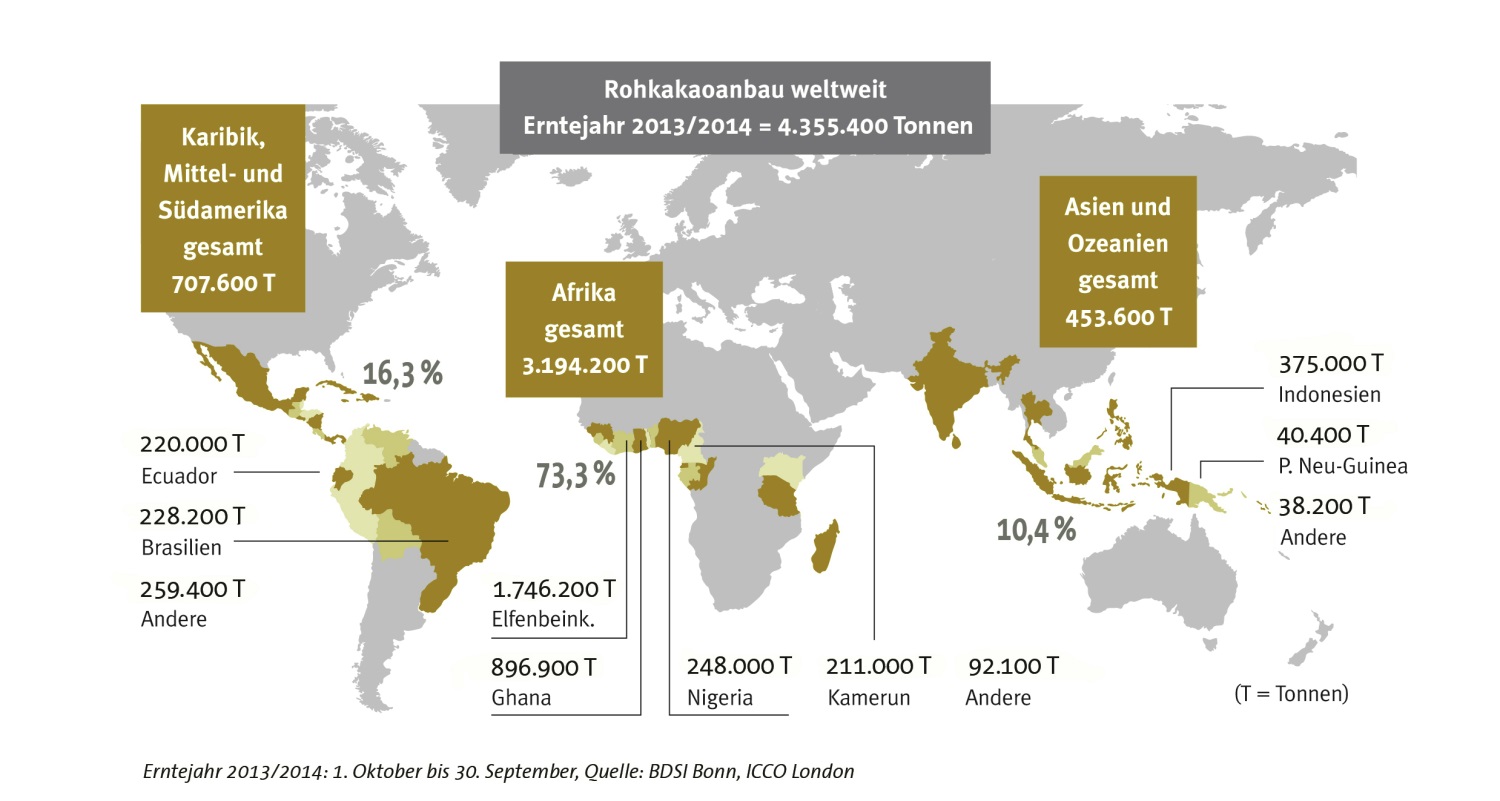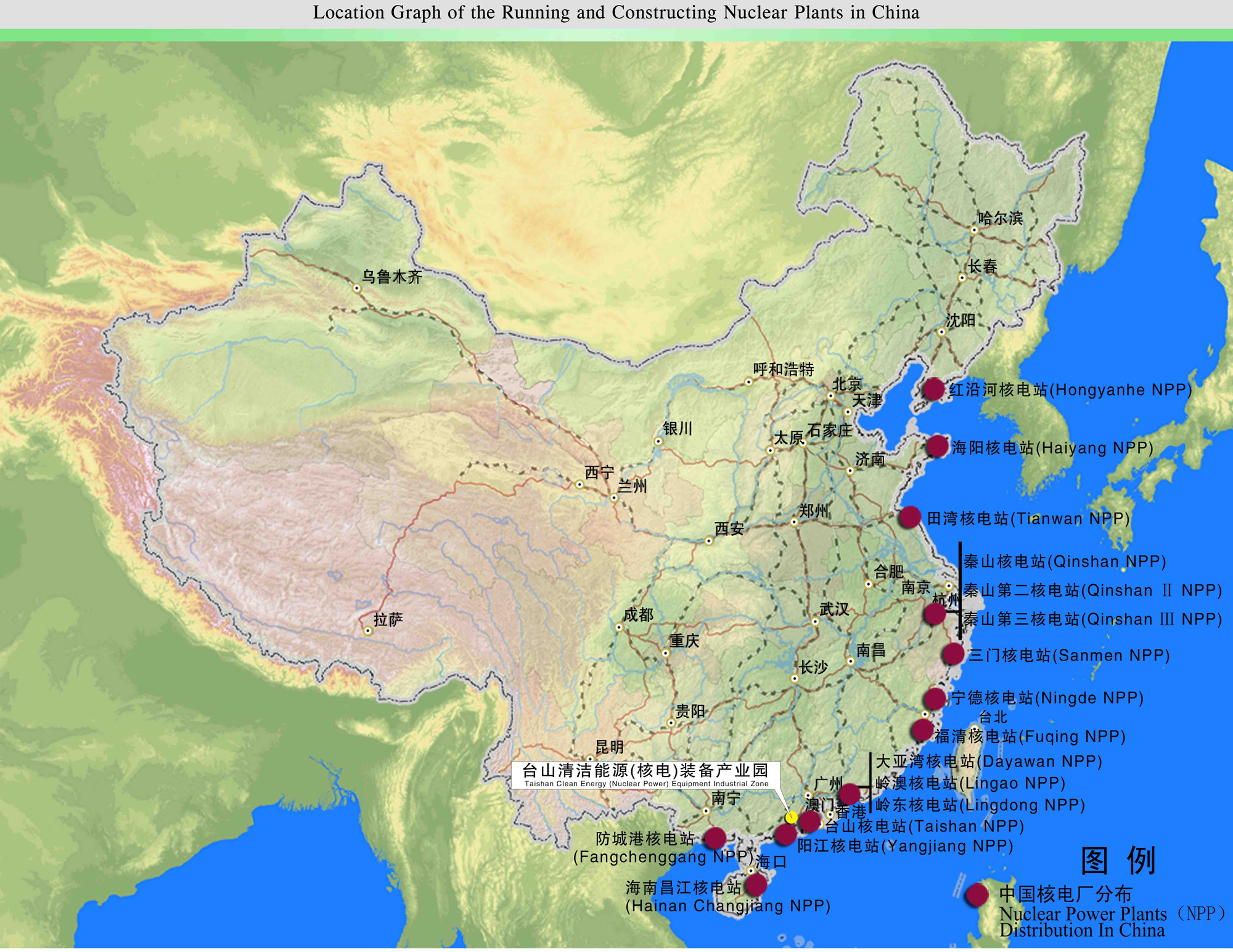
Deutsch-Chinesische Enzyklopädie, 德汉百科

 财政金融
财政金融
 *中国经济情况数据
*中国经济情况数据

 财政金融
财政金融
 *巴西经济情况数据
*巴西经济情况数据

 财政金融
财政金融
 *德国经济情况数据
*德国经济情况数据

 财政金融
财政金融
 *欧盟经济情况数据
*欧盟经济情况数据

 财政金融
财政金融
 *法国国经济情况数据
*法国国经济情况数据

 财政金融
财政金融
 *印度经济情况数据
*印度经济情况数据

 财政金融
财政金融
 *印度尼西亚经济情况数据
*印度尼西亚经济情况数据

 财政金融
财政金融
 *意大利经济情况数据
*意大利经济情况数据

 财政金融
财政金融
 *日本经济情况数据
*日本经济情况数据

 财政金融
财政金融
 *加拿大经济情况数据
*加拿大经济情况数据

 财政金融
财政金融
 *俄国经济情况数据
*俄国经济情况数据

 财政金融
财政金融
 *美国经济情况数据
*美国经济情况数据

 财政金融
财政金融
 *英国经济情况数据
*英国经济情况数据

 联合国
联合国

 经济和贸易
经济和贸易
 经济与政治研究
经济与政治研究

Der Index der menschlichen Entwicklung (englisch Human Development Index, abgekürzt HDI) der Vereinten Nationen ist ein Indikator für Staaten, der auch als Wohlstandsindikator bezeichnet wird.[1] Der HDI wird seit 1990 im jährlich erscheinenden Bericht über die menschliche Entwicklung (englisch Human Development Report) des Entwicklungsprogramms der Vereinten Nationen (UNDP) veröffentlicht.
Der HDI berücksichtigt nicht nur das Bruttonationaleinkommen pro Kopf, sondern ebenso die Lebenserwartung und die Dauer der Ausbildung anhand der Anzahl an Schuljahren, die eine 25-jährige Person absolviert hat, sowie der voraussichtlichen Dauer der Ausbildung eines Kindes im Einschulungsalter. Der HDI wurde im Wesentlichen von dem pakistanischen Ökonomen Mahbub ul Haq entwickelt, der eng mit dem indischen Ökonomen Amartya Sen sowie dem britischen Wirtschaftswissenschaftler und Politiker Meghnad Desai zusammenarbeitete.
Als Zusatz veröffentlicht das UNDP jedes Jahr den ungleichheitsbereinigten Index der menschlichen Entwicklung (IHDI: Inequality-adjusted Human Development Index). Dieser ergänzende Index ist ein Maß für menschliche Entwicklung, das Ungleichheit in Bildung, Gesundheit und Einkommen mit einschließt.
人类发展指数(英语:Human Development Index,缩写为HDI),是联合国开发计划署从1990年开始发布的一个指数,用以衡量各国社会经济发展程度的标准,并依此将各国和地区划分为四种等级:极高、高、中、低共四组。只有被列入第一组“极高”的国家才有可能成为发达国家。指数值根据出生时的平均寿命、受教育年限(包括平均受教育年限和预期受教育年限)、人均国民总收入计算出,在世界范围内可作为各国之间的比较。
人間開発指数(にんげんかいはつしすう、英語: Human Development Index, HDI)とは、各国を人間開発の4段階に順位付けするために用いられる平均余命、教育、識字及び所得指数の複合統計である。1990年にインド人経済学者のアマルティア・セン及びパキスタン人経済学者のマブーブル・ハックが開発し[1]、国際連合開発計画が刊行する[2]。
2010年の人間開発報告書では、不平等調整済み人間開発指数 (IHDI) が導入された。通常のHDIがなお有用である一方、IHDIは不平等を主要因とした人間開発の実際の水準を示し、HDIは「潜在的な」人間開発の指数又は不平等さえなければ実現可能な最大値のIHDIとして見なすことが可能である[3]。
男女格差に限定した類似指標としては、世界経済フォーラムが発表しているジェンダー・ギャップ指数が存在する。
The Human Development Index (HDI) is a statistic composite index of life expectancy, education (literacy rate, gross enrollment ratio at different levels and net attendance ratio), and per capita income indicators, which are used to rank countries into four tiers of human development. A country scores a higher HDI when the lifespan is higher, the education level is higher, and the gross national income GNI (PPP) per capita is higher. It was developed by Pakistani economist Mahbub ul Haq and was further used to measure a country's development by the United Nations Development Programme (UNDP)'s Human Development Report Office.[1][2][3]
The 2010 Human Development Report introduced an Inequality-adjusted Human Development Index (IHDI). While the simple HDI remains useful, it stated that "the IHDI is the actual level of human development (accounting for inequality), while the HDI can be viewed as an index of 'potential' human development (or the maximum level of HDI) that could be achieved if there were no inequality."[4]
The index is based on the human development approach, developed by Mahbub ul Haq, often framed in terms of whether people are able to "be" and "do" desirable things in life. Examples include – being: well fed, sheltered, healthy; doing: work, education, voting, participating in community life. The freedom of choice is central – someone choosing to be hungry (as during a religious fast) is quite different from someone who is hungry because they cannot afford to buy food, or because the country is in a famine.[5]
The index does not take into account several factors, such as the net wealth per capita or the relative quality of goods in a country. This situation tends to lower the ranking for some of the most advanced countries, such as the G7 members and others.[6]
L'indice de développement humain ou IDH (en anglais, human development index ou HDI) est un indice statistique composite pour évaluer le taux de développement humain des pays du monde. L'IDH se fondait alors sur trois critères : le PIB par habitant, l'espérance de vie à la naissance et le niveau d'éducation des enfants de 17 ans et plus.
Le concept du développement humain est plus large que ce qu'en décrit l'IDH qui n'en est qu'un indicateur, créé par le PNUD pour évaluer ce qui n'était mesuré auparavant qu'avec imprécision. L'indicateur précédemment utilisé, le PIB par habitant, ne donne pas d'information sur le bien-être individuel ou collectif, mais n'évalue que la production économique. Il présente des écarts qui peuvent être très importants avec l'IDH1. L'indice a été développé en 1990 par l'économiste indien Amartya Sen et l'économiste pakistanais Mahbub ul Haq2. Pour Sen comme pour le PNUD, le développement est plutôt, en dernière analyse, un processus d'élargissement du choix des gens qu'une simple augmentation du revenu national. Notons enfin qu'il existe un indice dérivé de l'IDH, le GDI (Gender-related Development Index), qui prend en compte les disparités liées au genre, soit les différences de situation de vie entre les hommes et les femmes d'un pays considéré.
La formule de calcul de l'IDH a été modifiée en 2010.
Dans le Rapport sur le développement humain de 2010, l'indice de développement humain ajusté selon les inégalités (IDHI) a été introduit. Bien que l'IDH reste utile, il mentionne que « l'IDHI est le niveau réel de développement humain (tenant compte des inégalités) » et que « l'IDH peut être vu comme un indice de développement humain "potentiel" (c'est-à-dire le niveau maximum d'IDHI qui pourrait être atteint en l'absence d'inégalités) »3.
L'indice di sviluppo umano (ISU, in inglese: Human Development Index, HDI) è un indicatore di sviluppo macroeconomico elaborato nel 1990 dall'economista pakistano Mahbub ul Haq, seguito inizialmente anche dall'economista indiano Amartya Sen. È stato utilizzato, accanto al PIL (prodotto interno lordo), dall'Organizzazione delle Nazioni Unite a partire dal 1993 per valutare la qualità della vita dei membri di un Paese.
In precedenza, veniva utilizzato soltanto il PIL, indicatore di sviluppo macroeconomico che rappresenta il valore monetario dei beni e dei servizi prodotti in un anno su un determinato territorio nazionale e che si basa quindi esclusivamente sulla crescita e non tiene conto del capitale (soprattutto naturale) che viene perso nei processi di crescita. Questi parametri misurano esclusivamente il valore economico totale o una distribuzione media del reddito. In pratica, un cittadino molto ricco ridistribuisce la sua ricchezza su molti poveri falsando in tal modo il livello di vita di questi ultimi.
Si cercò quindi, attraverso l'indice di sviluppo umano, di tener conto di differenti fattori, oltre al PIL procapite, che non potevano essere detenuti in modo massiccio da un singolo individuo, come l'alfabetizzazione e la speranza di vita, ottenendo in questo modo un indice multidimensionale. La scala dell'indice è in millesimi decrescente da 1 a 0 e si suddivide, in base ai quartili (dal 2010), in quattro gruppi: Paesi a sviluppo umano molto alto, Paesi ad alto sviluppo umano, Paesi a medio sviluppo e Paesi a basso sviluppo umano.
El índice de desarrollo humano (IDH) es un indicador del desarrollo humano por país, elaborado por el Programa de las Naciones Unidas para el Desarrollo (PNUD). Ha evolucionado al Índice de Desarrollo Ajustado por Desigualdad (IDHD).
Es un indicador sintético de los logros medios obtenidos en las dimensiones fundamentales del desarrollo humano, a saber, tener una vida larga y saludable, adquirir conocimientos y disfrutar de un nivel de vida digno. El IDH es determinado por la media aritmética de los índices normalizados de cada una de las tres dimensiones.
La dimensión de la salud se evalúa según la esperanza de vida al nacer, y la de la educación se mide por los años promedio de escolaridad de los adultos de 25 años o más y por los años esperados de escolaridad de los niños en edad escolar. La dimensión del nivel de vida se mide conforme al PIB per cápita.2
Индекс человеческого развития (ИЧР), до 2013 года «Индекс развития человеческого потенциала» (ИРЧП) — интегральный показатель, рассчитываемый ежегодно для межстранового сравнения и измерения уровня жизни, грамотности, образованности и долголетия как основных характеристик человеческого потенциала исследуемой территории. Он является стандартным инструментом при общем сравнении уровня жизни различных стран и регионов. Индекс был разработан в 1990 году группой экономистов во главе с пакистанцем Махбубом уль-Хаком; его концептуальная структура была создана благодаря работе Амартии Сена. Индекс публикуется в рамках Программы развития ООН в ежегодных отчётах о развитии человеческого потенциала с 1990 года.
 地理
地理
 能源
能源
 农业、林业、畜牧业、渔业
农业、林业、畜牧业、渔业



 军事、国防和装备
军事、国防和装备

 美食家
美食家






 科学技术
科学技术


